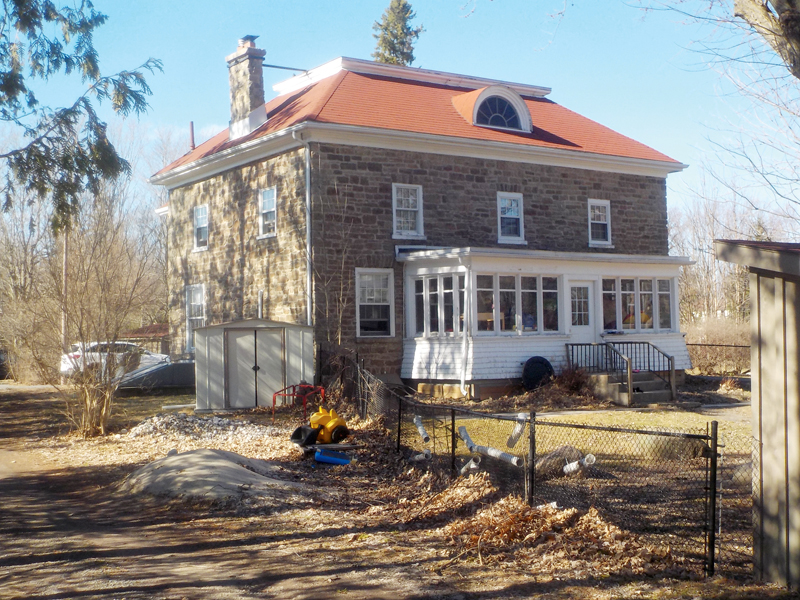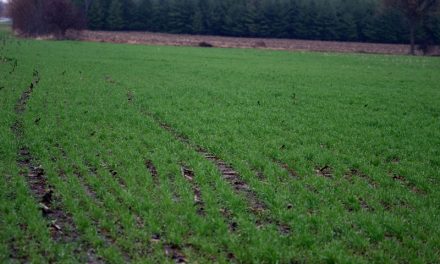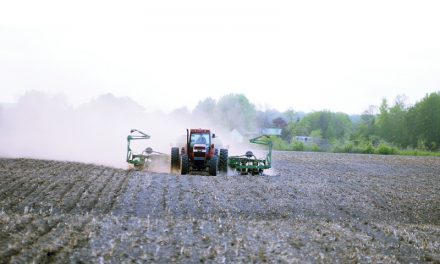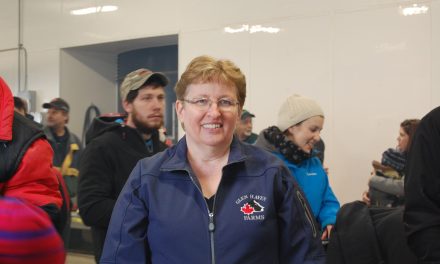A piece of history
The old stone house situated on the Kemptville Campus property has a long history behind it, one that North Grenville Mayor Nancy Peckford highlighted during her opening remarks at the Rural Summit this year. Van Dusen photo
KEMPTVILLE – With just a few words in opening the Rural Summit April 12-13, North Grenville Mayor Nancy Peckford shone a light on an often overlooked stone building she feels is one of the municipality’s major historical assets.
“It predates most buildings in North Greenville but is almost unknown, except to children,” Peckford said of the original home of Thomas McCargar and family, among the earliest settlers in the former South Gower Township.
In 1836, Thomas was appointed a captain in the Grenville Militia and saw action two years later at the Battle of the Windmill along the St. Lawrence River east of Prescott. The home went on to become the first building on Kemptville Campus.
It has since become headquarters for North Grenville Co-Operative Pre-School and Learning Centre where Peckford enrolled her three young children. In the process, she fell in love with the building and the college, learning a lot about the history of both. Since 2004 when it purchased the old building, the non-profit co-operative run by parents and other community members has operated it.
The McCargars bought the lot in 1830; when Thomas sold it to Benjamin McCargar in 1845, the price had doubled. In the 1840s, the house was described as having three fireplaces, serving as the centre of the farm for the next 60 years.
The 112-acre farm including the home was purchased by the Ontario government in 1916 for incorporation into the planned Kemptville Agricultural School, established in 1917 with an investment of $50,000. The program called for a two-year course in agriculture and domestic science.
News of the project was revealed by local-boy-made-good G. Howard Ferguson, Minister of Lands, Forests and Mines, namesake of the Ferguson Forest Centre and Nursery, North Grenville’s other large tract of land downloaded by the province. Ferguson became Ontario premier in 1923.
To launch the agricultural school, two farms were bought in 1916 from Thomas Murphy and Alex Armstrong; the Murphys had acquired the McCargar house; over the years, the campus would continue to grow through acquisition on other parcels of land.
Following remodelling, in 1918 the home became residence for the first college president, WJ Bell. A cellar was constructed under the house and a second storey added; a veranda was added to the front and a bedroom and balcony to the back. The house which eventually became known as Leahurst is distinguished by three half-round dormers and a two-tier tin roof.
The farm buildings were demolished to make way for the judging pavilion known today as Purvis Hall. College English Department head Jim Purvis came up with the name Leahurst combining two Old English words meaning “house on a grassy hill.”
Renovated in the mid-1980s when stone from the farm walls was used to make the existing fireplace, over the years the building was used as a women’s residence and for home and food management courses.
“Some 100 years later, here we gather for North Grenville’s third Rural Summit,” said Peckford in her remarks in the Parish Building on campus. “It’s an auspicious occasion indeed. It’s a testimony to Premier Howard Ferguson’s vision and commitment that we’re here to discuss agriculture.”













